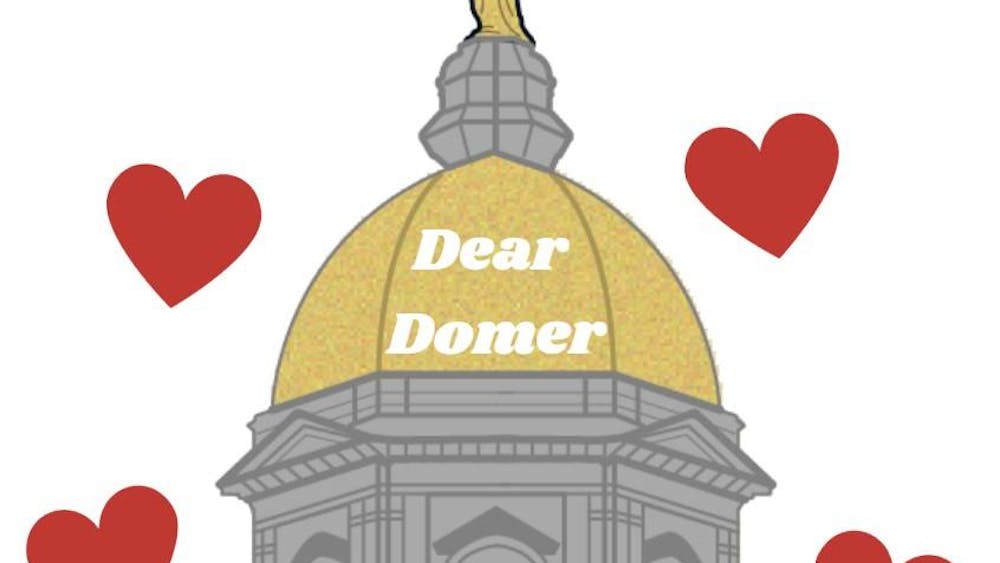
For one of my classes, called “Simulating Politics and Global Affairs,” I recently read an article titled “The Evolution of Ethnocentrism” written by two political scientists, Ross A. Hammond and Robert Axelrod, at the University of Michigan. While ethnocentrism is generally seen as (and rightly so) a bad thing because it correlates with a sense of superiority of one’s own group and therefore a sense of prejudice toward those outside of one’s group, this article focused more on the in-group loyalty aspect of ethnocentrism rather than the out-group discrimination aspect. This article was fascinating, as it talked about this human tendency of “in-group favoritism” and visualized it with a model that used a concept similar to the Prisoner’s Dilemma to show how cooperation or defection with those who are like or unlike the individual either helps or harms them. I’m enjoying this class overall because of the applications of visual models and computer simulations to human, social and political behaviors. Yet, this article in particular made me think about the of idea the human tendency of tribal behavior and in-group favoritism, and specifically, how it applies to America.
In this model, people (or agents) are represented by dots of different colors. These agents will either a) cooperate (or favor) other agents of the same color but not agents of different colors, b) favor all other agents regardless of color, c) favor no agents even if they are of the same color, or d) favor different colored agents but not same colored agents. Every agent’s level of “success” in this model is represented by a percentage. Like the Prisoner’s Dilemma, each agent can either cooperate/favor other agents or defect other agents and either gain or lose percentage points accordingly. If this country were to be represented using Hammond and Axelrod’s computer model, what would that look like?
How does tribal behavior and the formation of “in-groups” and “out-groups” work in American society? How do people living in this diverse country — and not just diverse racially but also ethnically, linguistically, religiously, ideologically, etc. — determine who is in their group and who is outside of their group? If Americans were to be represented by these different colored dots — which, again, can represent not only the more obvious identity of race but could also symbolize other aspects of identity such as religion, language, sexuality, gender, political party and/or ideology, socioeconomic status, etc. — what would happen and what would this look like?
Trying to apply this model to the American population made me think about American identity and what exactly it is. I think America is such a baffling country to think about and to study because, among many other reasons, there are a multitude of answers to the question, “what does it mean to be American?”. How can someone balance their racial, political, ideological, socioeconomic identities with their American identity? Is American identity tied to something more abstract like the American Dream and a commitment to the principles of freedom, justice and equality laid out in our founding documents, or something more concrete and straightforward like our citizenship and passports? Are we as Americans more tied to and loyal to our identity as “Americans” or to our individual identities broken down by race, ethnicity, religion, etc.?
So, before even beginning to think about in-groups and out-groups and how they play out in America, this question of how exactly and what exactly these groups are in our heads and in society remains blurry and confusing.
This idea of identity is fascinating in the abstract but can be scary if you think about the implications and real-world results of people using aspects of their identity to form these “in-groups” and to justify prejudice and hatred toward those in the “out-groups.” And, unlike a world represented in a computer model where in-group and out-group interaction is a simple gain or loss in percentage points on a screen, real-world in-group favoritism and out-group prejudice can materialize into racial, religious and political violence. Identity and group identity can be serious and scary. While computer models and simulations are fun and interesting to play around with, the real-world political and social behaviors and trends which they model and simulate are exactly that: real.
Will we ever be able to transcend our multitudes of tribes?
Megumi Tamura is a sophomore from New Jersey currently living in McGlinn Hall. She enjoys reading books, going to museums and eating Jersey bagels. She can be reached at mtamura@nd.edu or @megtamura on Twitter.
Modeling the question of American identity on a computer
The views expressed in this column are those of the author and not necessarily those of The Observer.









